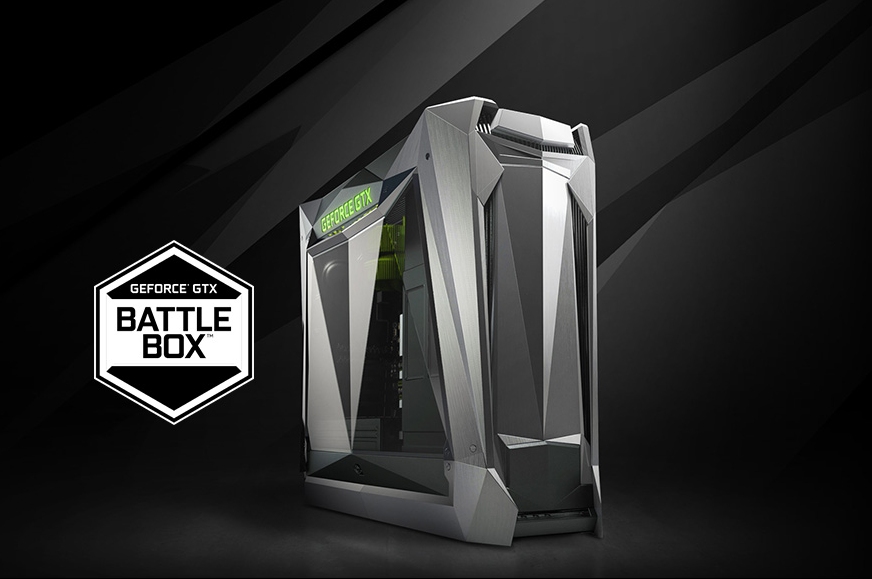Nvidia a few years back launched a certification-style program for gaming PCs called the GeForce GTX Battlebox. The concept was quite simple. Boutique PC builders could earn the right to outfit their rigs with "Battlebox" branding so long as they adhere to minimum hardware requirements outlined by the graphics card maker.
The initiative was designed to guarantee PC buyers that they'd get a baseline level of performance from a specific machine.
After all, shelling out hundreds or even thousands of bucks on a gaming rig only to get lackluster performance simply because you don't have your finger on the pulse of the hardware industry - and thus didn't get an ideal combination of hardware - would no doubt suck. Having reviewed several gaming systems over the years, I've seen first-hand the questionable hardware choices that manufacturers sometimes go with.

Nvidia recently revisited its Battlebox program with the introduction of two new configurations.
Systems gunning for the Battlebox Essential certification must feature a GeForce GTX 1060 6GB GPU, at least an Intel Core i5 or AMD Ryzen 5 CPU (an AMD CPU in an Nvidia-certified box, nice), a minimum of 8GB of RAM, solid-state storage, Windows 10 and a G-SYNC-capable monitor (if the system ships with a display, of course).
A Battlebox Ultimate, meanwhile, bumps the requirements up to a GeForce GTX 1080 Ti, an Intel Core i7 or AMD Ryzen 7 processor and at least 16GB of system memory on top of the same SSD, Windows 10 and G-SYNC monitor requirements.
Nvidia says Battlebox Ultimate rigs are capable of handling anything you throw at them, from first-person shooters and VR to eSports battles. High-end visuals and 4K shouldn't be a problem, either.
GeForce GTX Battlebox-certified systems are available in the US from several boutique builders including Origin PC, Maingear, iBuyPower and Digital Storm, among others.
